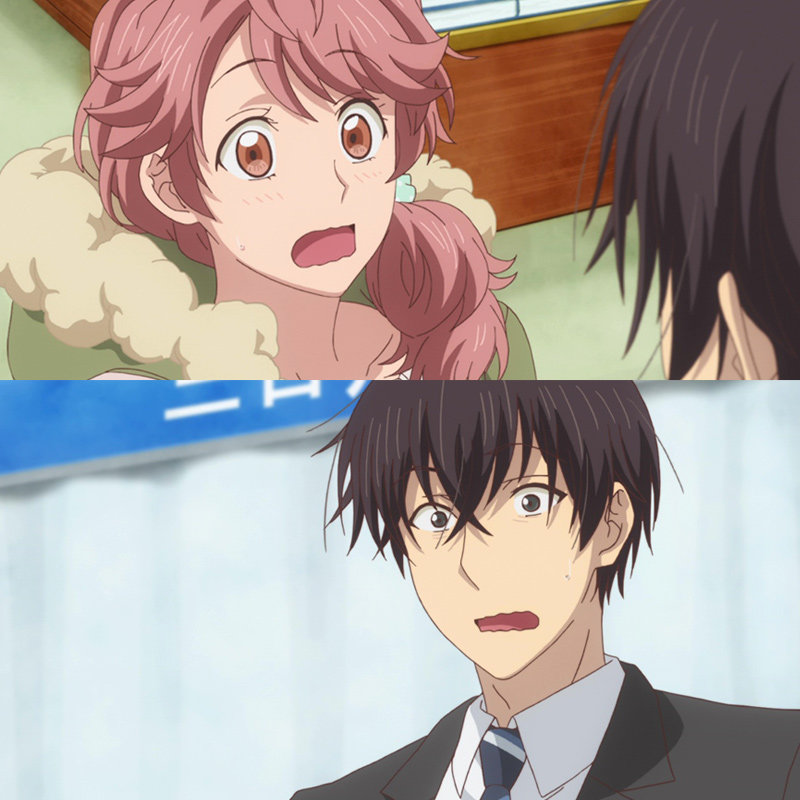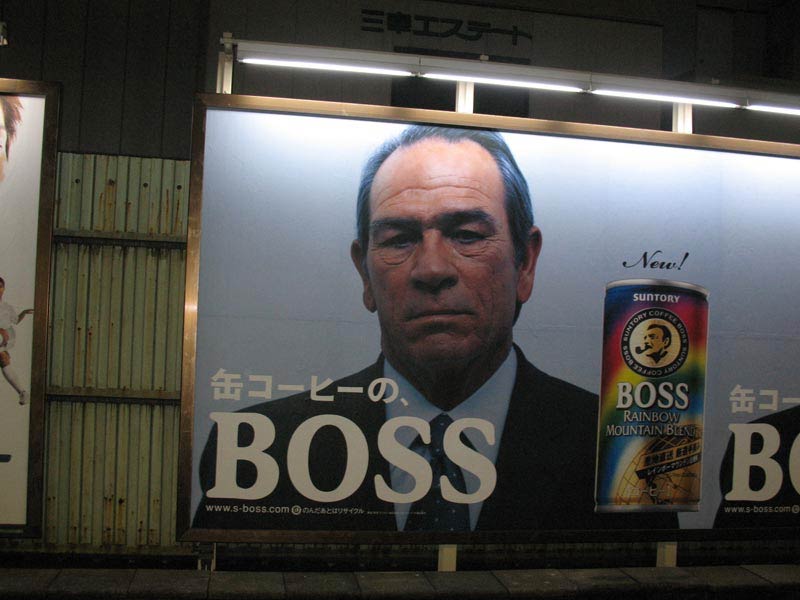Japan is a nation founded on construction, and much of the country’s modern economy is derived from building roads, bridges, and tall, sturdy buildings. Japanese have a lot of faith that their excellent engineering and building codes will protect them from the earthquakes that plague the country, but that faith is being sorely tested now. An architect named Hidetsugu Aneha has admitted to designing numerous structures including hotels, condominiums and even an office building in our own city using deliberately falsified data about the construction and amount of steel used in order to to keep costs down. As a result, a staggering 73 buildings in 17 different prefectures may have to be torn down, as they may collapse in the event of a large quake. Already several hotels constructed using the falsified data have closed their doors to avoid endangering guests, and the full extent of the scandal may not be known for some time.
When you come to live in Japan, it’s inevitable that you’ll get used to eating some new foods. Being an island nation dependant on the sea, Japanese eat a lot of seafood, something I’ve really come to appreciate since coming to live hear in 1991. Between delicious sushi, beautifully arranged sashimi and various other types of fish, I eat a lot more seafood here than I thought possible back in the States. Another staple of Japanese gastric culture is rice, and steamed white rice is eaten with almost meal — in fact, the word for cooked rice (gohan) also serves as a general word for food in general. (Japanese often imagine that Americans eat every meal with a big plate of white bread on the side.) I still love good old Vlassic Dill Pickles from home, but I’ve come to appreciate some of the local pickled foods, especially Korean-style kimchi (spicy pickled cabbage, although the stuff they make in Japan is never spicy enough for me). Chocolate came to Japan only in the last century, and it’s still thought of as somewhat exotic. A much more “down to Earth” Japanese snack treat might be yaki-imo, or baked sweet potatoes cooked over hot stones, sold by a vendor who drives around in a truck playing an eerie song in imitation of the Ice Cream Man from back home. It took me a while, but now I can really appreciate the taste and warmth of baked sweet potato eaten on a cold winter afternoon. (Here the yaki-imo song in MP3 format.)
Tonight is J-List’s bonenkai (boh-NEN-KAI), or Year End Party, a big tradition in any company in Japan. Literally meaning “Forget the Past Year Party,” it’s a time to look back on all that’s happened over the past year and say otsukare-sama deshita (ohts-KAH-ray-sah-mah deh-SHTA, “thanks for your hard work”) to all employees. 2006 has been an outstanding year for J-List — we’ve brought many cool things from Japan to tens of thousands of customers all over the world, and we thank everyone for helping us grow. After eating at a local restaurant famous for its fresh fish (the fish all live in a big tank in the center of the restaurant, and the sashimi guy plucks them out and prepares them as each order comes in), we’ll hit a karaoke room and belt out some songs.
We’ve been hammering out lots of cool new Japan-themed T-shirt designs this month, since our shirts and hoodies make popular gifts, and today we’ve got another cool design we think you’ll love. Thanks to the popularity anime, a lot of obscure Japanese words have been finding their way into English, and one word we’re hearing a lot is “sukebe” (pronounced “su-KEH-beh”), which means someone with a dirty mind, essentially the same thing as the famous “ecchi.” Our new shirt is perhaps the perfect stealth design, since people who know what it means will laugh, but those who don’t will think it’s just a generic T-shirt. Totally wacky!
Want to visit Tokyo? Thanks to up-and-coming film director Joe Doughrity and his DVD documentary Seven Days in Japan, you can! Joe made a film of his adventures exploring in Japan’s most populous city, and shows you just about everything you’ve ever wanted to see, from anime museums to the nightlife of Shibuya and more — he even visit an animation studio. It’s a great way to enjoy a visit to Japan for just $10.















